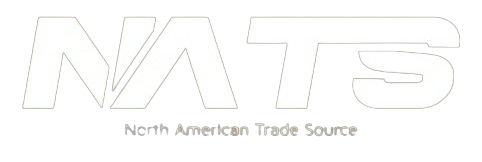A butterfly valve is a quarter-turn valve that uses a rotating disc to regulate fluid flow. The disc remains in the flow path but rotates to allow, restrict, or stop flow. These valves are known for their compact size, cost-effectiveness, and ease of operation.
ISO mounting ensures compatibility between valves and actuators. It allows for quick, secure installation, reduces engineering time, and ensures long-term system reliability.
Not all butterfly valves are actuator-ready. Only valves with ISO 5211 standard mounting can easily be automated without needing custom modifications.
Installation time is significantly reduced with ISO mounting, often just a few minutes, compared to hours for custom setups. This is particularly helpful in industries where downtime is costly.
Yes, when using valves from reputable manufacturers like Bray or Fisher, ISO-mounted valves are engineered to withstand high-pressure and temperature conditions.

